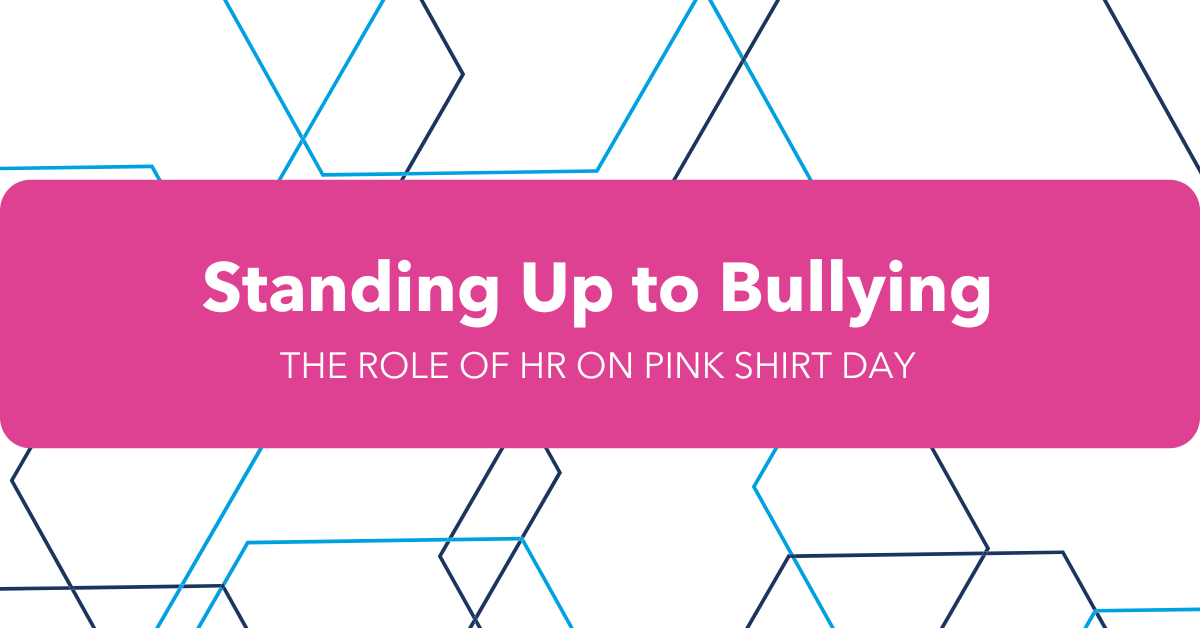
Standing Up to Bullying
Every workplace should be a place where employees feel safe, respected, and valued.
Unfortunately, bullying- whether subtle or more distinguishable- can still be an issue for organizations to manage. Pink Shirt Day, which is acknowledged on the last Wednesday of February every year, is a strong reminder that we all play a role in creating inclusive and supportive workplaces.
What is Pink Shirt Day?
Pink Shirt Day began in 2007 when a group of high-school friends in Nova Scotia, Canada organized a protest to wear pink in solidarity with a Grade 9 boy who was bullied for wearing a pink shirt. These students took a stand against bullying by distributing pink T-shirts to all the boys in their school. Awareness of this movement quickly spread, gaining national and international attention. Today, Pink Shirt Day represents the importance of kindness, respect, and standing up against bullying in schools, workplaces, and in the community.
The Impact of Workplace Bullying
Bullying comes in various forms-verbal abuse, exclusion, intimidation, or even microaggression. If left unaddressed, can increase stress, reduce workplace productivity, and higher employee turnover. In a study done by the Workplace Bullying Institute, 37% of employees have experienced bullying, with 57% of the targets being women. This greatly emphasizes the need for HR professionals to be proactive in preventing and addressing workplace harassment.
HR’s Role in Preventing Workplace Bullying
As HR professionals, we are responsible for creating policies and, nurturing positive workplace culture, and immediately addressing concerns of bullying and harassment to avoid it from getting out of hand. Here are some key methods HR can help create a respectful, and inclusive workplace.
- Establish Clear Anti-Bullying Policies
Every organization should have clear, well-defined policies on what is considered bullying, how to report it, and the consequences for inappropriate behaviour. Employees should feel assured that their concerns will be taken seriously and that there are methods for confidential reporting. - Lead by Example
HR professionals and management teams must demonstrate respectful and inclusive behaviour in the workplace. When employees see leaders promoting values of kindness and inclusivity, there’s a greater likelihood that they adopt the same values in their daily interactions. - Training and Education
Workshops and training sessions on workplace bullying, recognizing the signs, conflict resolution, and bystander intervention can also be greatly effective. Educating employees on what bullying looks like, how to report it, and methods to support colleagues that may be affected is important. - How to Get Involved in Pink Shirt Day
HR teams can use this day as an opportunity to promote workplace kindness and reinforce current anti-bullying policies. Below, are some ways any organization can participate:
- Encourage Employees to wear Pink: As the name of Pink Shirt Day implies, wearing pink is an easy yet powerful way to take a stand in solidarity, and initiate conversations about workplace bullying
- Kindness Initiatives: Encourage employees to do small acts of kindness throughout the day, like writing positive notes to colleagues
- Share Educational Resources: Share articles, videos, or statements about the impact of workplace bullying, as well as how to prevent it
Final Thoughts
Pink Shirt Day is not just a symbolic event-it’s a message. To take a stand against bullying and promote kindness. HR professionals play a significant role in this, by shaping a positive workplace culture, and by nurturing inclusivity organizations can foster a workplace environment where employees feel safe, empowered, and respected. We can use this as an opportunity to take a stand against bullying, and create a culture based on kindness beyond Pink Shirt Day.
“About Pink Shirt Day.” Pink Shirt Day, www.pinkshirtday.ca/about. Accessed 7 Feb. 2025.
“What Are the Financial Impacts of Workplace Bullying.” Canada Safety Training Center, www.canadasafetytraining.com/Safety_Blog/financial-impacts-of-workplace-bullying.aspx. Accessed 7 Feb. 2025.
This blog was written by Rheya Patel, a member of the Social Media Committee at CPHR Alberta.
LinkedIn URL: www.linkedin.com/in/rheya-patel
The views and opinions expressed in this blog post belong solely to the original author(s) and do not necessarily represent the views and opinions of CPHR Alberta.
The views and opinions expressed in this blog post belong solely to the original author(s) and do not necessarily represent the views and opinions of CPHR Alberta.





